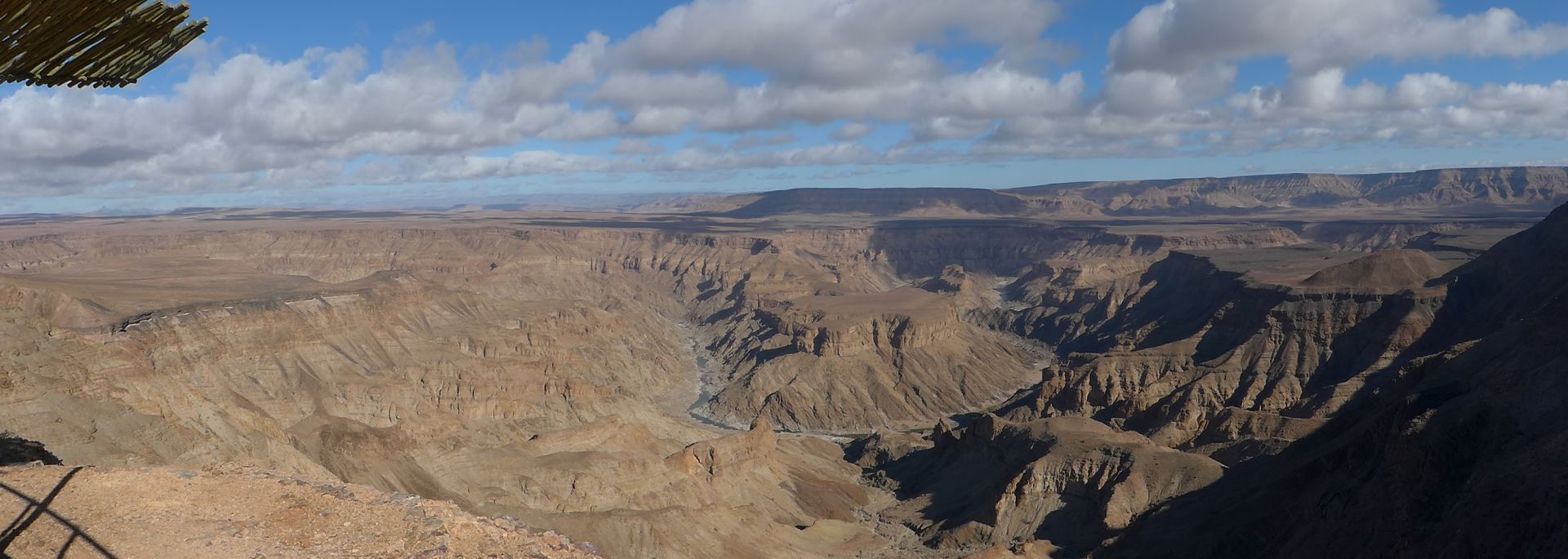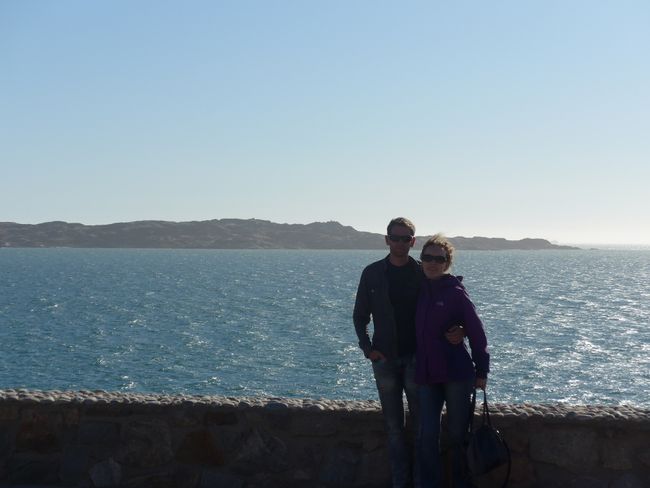Waterfront Temple: Ulun Danu Bratan (Bali Part 3)
Tihchhuah a ni: 19.09.2018
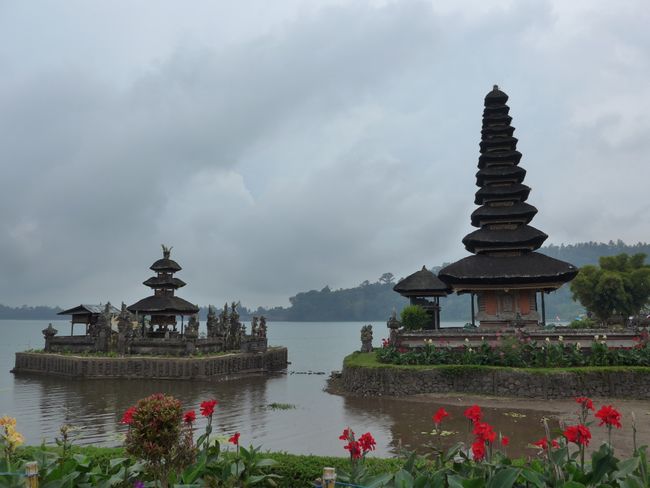
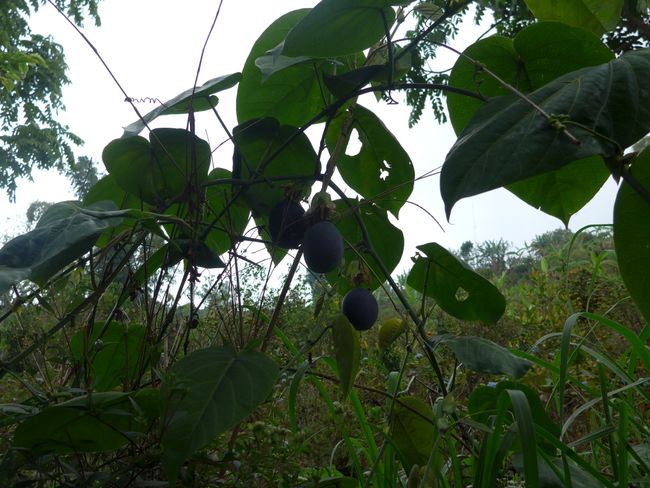
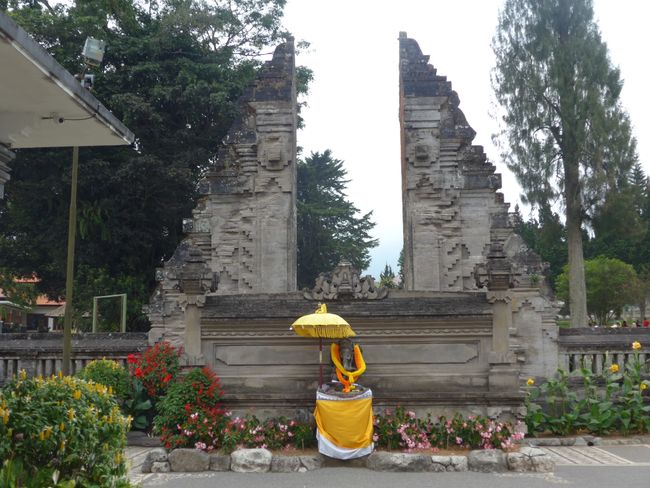
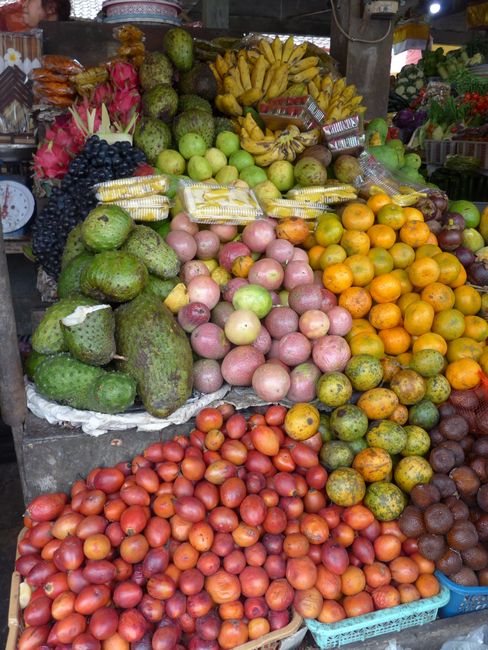
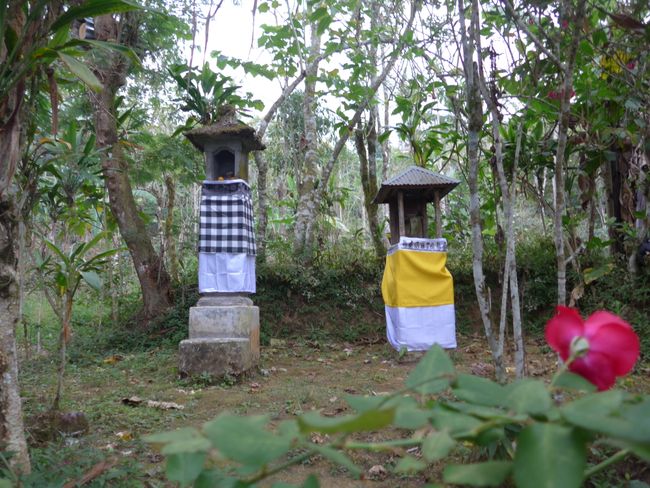
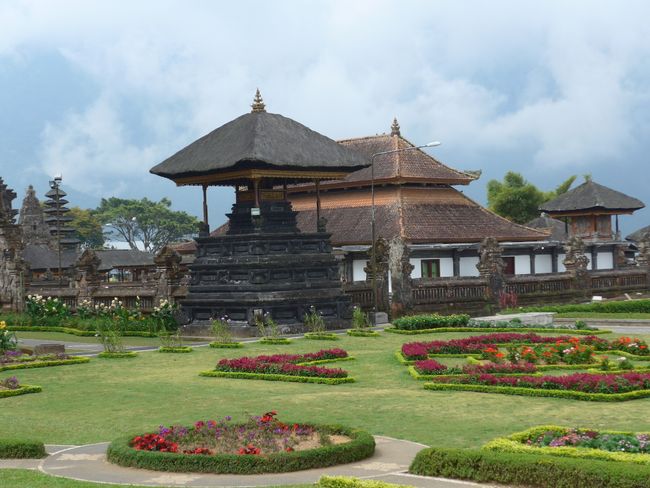
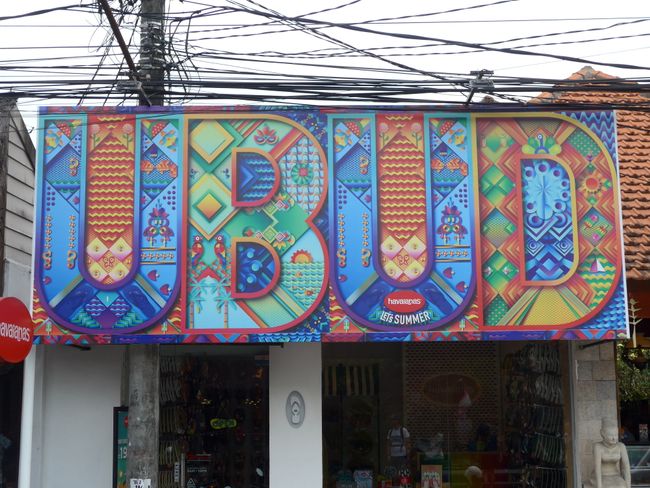
Newsletter hi subscribe ve rawh
In the morning we explored the plantations that belonged to our hotel on a small tour. In addition to many coffee plants, we also saw passion fruit growing, which we later bought at the fruit market.

passion fruit plant
Like everything here, there was also a separate temple on the plantation. This consisted of two shrines in which offerings are placed three times a day.

The car had a new clutch and so at noon we continued to the "temple on the water", the Ulun Danu Bratan. This temple is dedicated to Shiva and was built in 1663 on and in the water.

There we learned a lot about the Hinduism practiced in Bali. There are four castes, for example, but they are less important than in India - unless one wishes to choose a spouse from another caste... In which case the concerned parents would of course intervene.

From the first names you can tell who comes from which caste, so that you can clarify that right from the introduction by name. To do this, the Balinese number their children. For example, a firstborn might be named "the eldest," while the secondborn might be named "the second" or "middle," and the third might be named "the youngest." The number four is less fortunate - its name implies that it is a rather undesirable successor... With the next child, the count starts again from the beginning.

Then we went to the spice shop. Fruit and flower market in Bedugul. There we were allowed to try all kinds of exotic fruits at a fruit stand, which we then bought at a tourist price despite tough negotiations.

The journey continued south to Ubud, where we will spend the next three nights. The way there was only 50 km long, but the journey took almost three hours. We drove through Ubud for about an hour and a half because the city center was a single traffic jam. We were regularly overtaken on foot by backpacking tourists as we struggled through the mass of cars and criss-crossing mopeds.

So far we had only seen locals on mopeds, but there were also a few tourists here, happily honking their horns through the crowded streets. A moped offers the advantage of being able to weave through all traffic, while cars can only do this on wider roads.
There is even a helmet requirement for moped drivers, but this is not always followed. Some helmets were also held in the hand. On Java, we had often seen headscarves as a substitute for a helmet... Men also wore baseball caps as an option.
Newsletter hi subscribe ve rawh
Chhanna
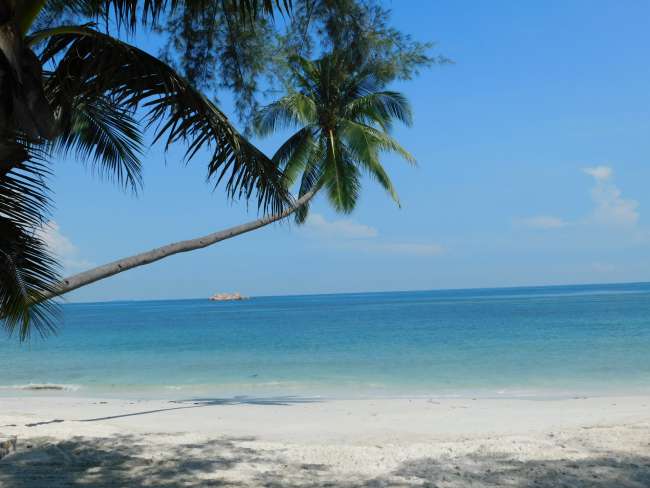
Khualzin report Indonesia ram a ni
